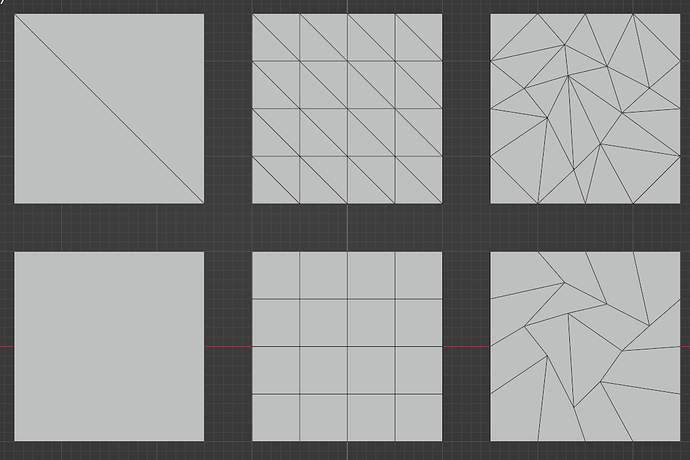I expected in-depth lessons about manual topology in the " Blender Character Creator: Sculpt and Animate Your Own Characters" course, and I expected in-depth lessons about manual topology and optimising models for games in the " Blender Environment Artist: Create Your Own 3D Game Worlds" course, this is why I bought them, and I think this was a reasonable expectation to have.
In a professional context, correct topology is what makes models animation-ready models, and correct topology and optimisation is what makes models into game-ready models, so I think these topics are to be expected in premium courses, and I request that they be added.



 …
…